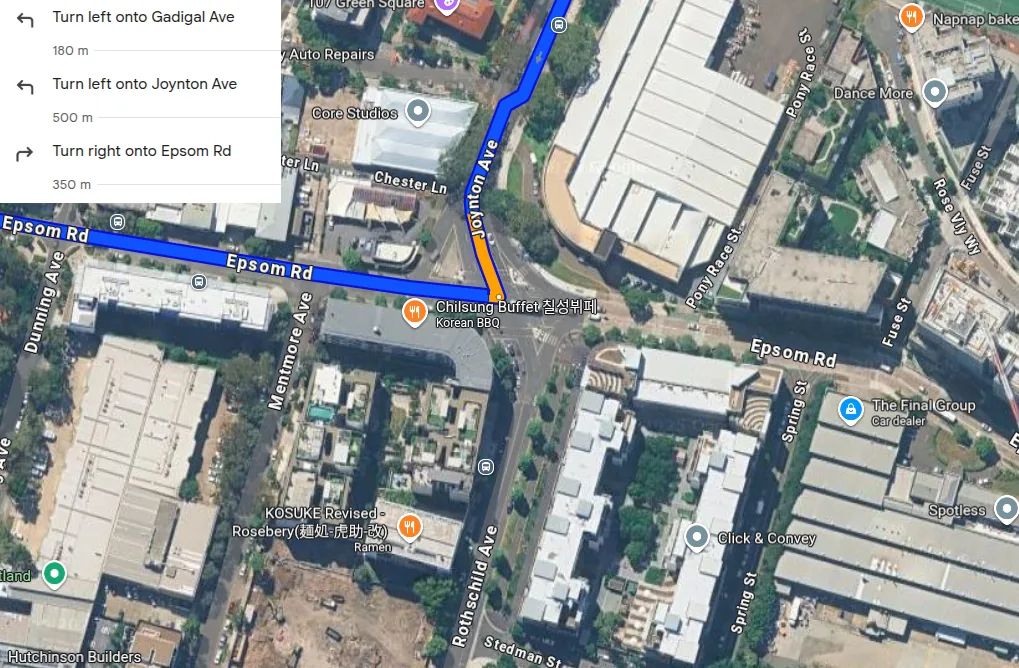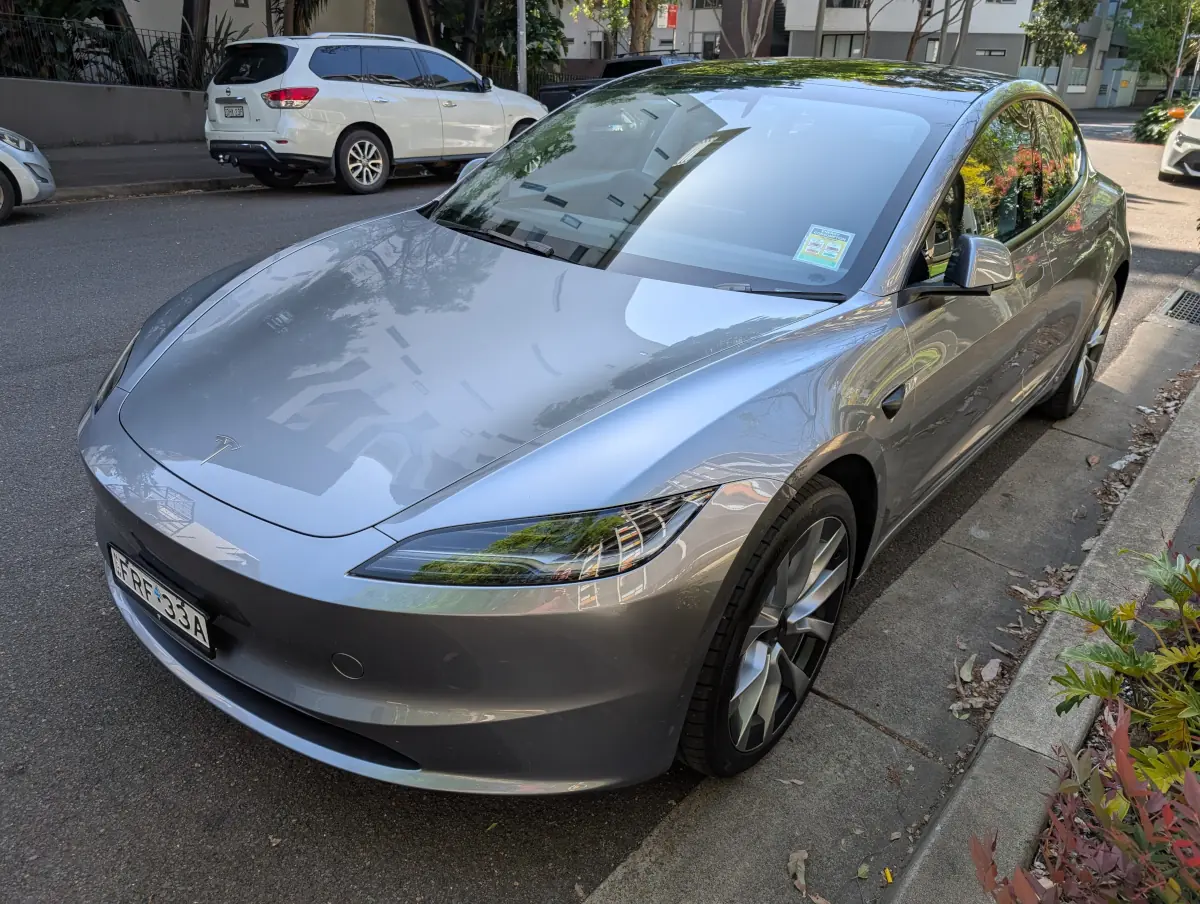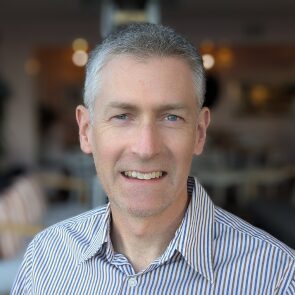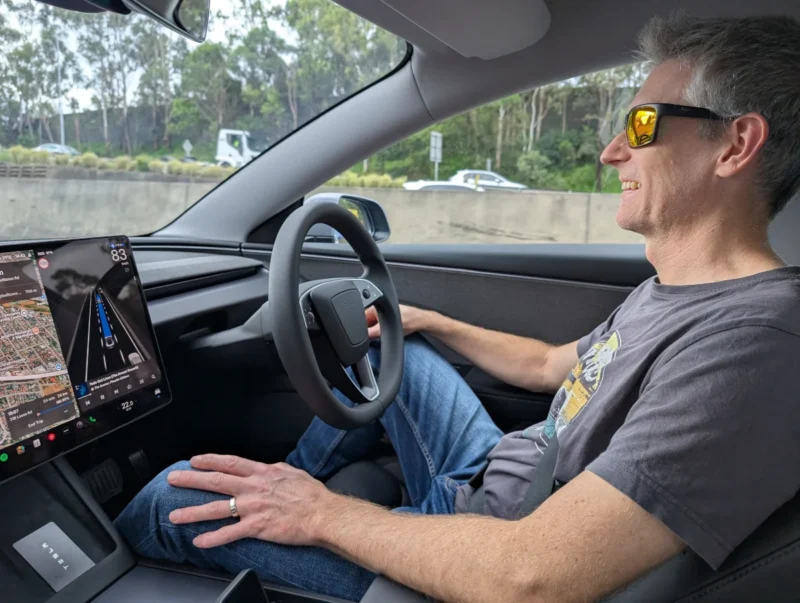I have just finished testing Tesla’s Full Self-Driving (Supervised) software, released to the Australian public recently, and it is truly mind blowing. It reminds me of the very first time I drove a Tesla Model S over 10 years ago, I found myself giggling and thinking, “Holy s***, this is unreal.”
Even for someone like me, who has been following FSD updates for a long time and has watched countless FSD drive videos, there is nothing like experiencing the system for yourself and seeing how capable and safe the system feels from behind the wheel.
While I had the Model 3 loaner from Tesla it also felt like when I first got my Model 3, when I was keen to give as many family and friends a ride as I could. The unanimous feedback from everyone who got to experience it was that FSD (Supervised) is shockingly impressive, and it drives very smoothly and naturally.
There is a ton of content out there covering the technical details already, so I will keep this fairly brief and focus on sharing my highlights and lowlights of the system. As impressive as this first Australian FSD (Supervised) release is, it made several mistakes which we’ll get into shortly.
Overall my summary is that FSD (Supervised) generally behaves like a good defensive driver, with the exception of following too closely for my liking on highways, leaving only a 2 second gap instead of 3. Apart from that it drives with caution and care, but is also assertive when it needs to be, such as entering roundabouts.
Being driven around by FSD (Supervised) suddenly makes cars with adaptive cruise control and lane centering systems feel antiquated. In terms of driver assistance, Tesla has leapt far out in front of all the other automakers in Australia again, offering something unique for Tesla customers.
Tesla first released FSD beta to a select group of testers in the US 5 years ago. Thinking back to videos I watched of those early versions, there were many problems at the start. Early FSD beta software was not smooth at all, it had issues navigating things like roundabouts and required frequent interventions during short trips.
Fast forward and we get the benefit of 5 years of software improvements, so this first release in Australia feels polished, and it will only get better from here. I drove over 430 km using the system and completed most of those trips without touching a single control after engaging FSD (Supervised) while parked.
Efficiency of these newer Teslas continues to astound me, this Model 3 Rear-Wheel Drive consumed just 87 Wh/km on the final trip back to Tesla Sydney and 120 Wh/km for the entire 437 km of FSD (Supervised) testing.

Areas for improvement
I drove with FSD (Supervised) in many different situations including suburban and city streets, highway and motorway stretches, twisty single-lane roads as well as different conditions like night time and in the rain. It handled everything better than I anticipated, but there are still some areas for improvement.
Tesla makes it easy to provide feedback too, if you disengage the system a notification pops up on the screen indicating you can press the microphone button to record a short audio clip to accompany video footage of what went wrong.
The worst mistake FSD (Supervised) made was performing an illegal right turn, ignoring a no right turn sign from Joynton Ave into Epsom Rd in Sydney. Rather than disengage, I turned off the blinker and thought the car might continue straight, but it turned on the blinker again and took the turn after waiting for the intersection to clear.
Tesla cannot take all the blame here though, as Google Maps provides the underlying route planning, and the screenshot below shows the problematic directions the car was following at the time.

Apart from this mistake, the areas for improvement I observed fall into 2 main categories: lane choice and start or end of journey.
There were a few times where FSD (Supervised) found itself in the wrong lane and unable to follow the desired route. For example, heading back towards Sydney on the Hume Motorway before the M5/M7 junction, the car correctly positioned itself in the M5 lane where we wanted to go.
However, 500m before the fork, FSD (Supervised) decided to move left one lane to get past a slow truck but then found itself unable to merge back in time. I did not intervene, and we took a slight detour on the M7 before getting back onto the M5, costing me about 5 minutes.
A similar situation occurred when the car left it too late to get into a right-hand turn lane in busy traffic, having to go straight ahead and reroute. On the first 2 days I let the car make these mistakes in the name of testing, but by the third day I used the indicator to give the car hints about when to change lanes earlier, which worked well.

In terms of the start or end of a journey, problems largely revolve around FSD (Supervised) not really knowing how to park yet. Starting off from a parallel park on the street caused no problems at all, although finishing a trip on the street would often result in the car pulling into the kerb at an awkward angle or just slowing right down and seeming unsure of where to go.
It was also fairly easy to trip the software up in off-street or car park situations. For example, picking up my son after his Maccas shift, I was parked nose into a spot. After engaging FSD (Supervised) the car correctly selected reverse, but was clearly undecided and would not budge.
I touched the accelerator and it started reversing out of the parking spot, turning in the opposite direction to what was needed. It then started heading forwards into the drive-thru, so I had to take over and turn the car around to face the car park exit, after that it successfully drove us home.
On another trip that finished in a car park, FSD (Supervised) did manage to reverse park somewhere, but it parked like a jerk, taking up 2 spots with the line going right down the centre of the car.
What I think Tesla needs is either a clean handoff to their auto park feature or to merge it with FSD (Supervised) somehow. At the same time, Tesla could also learn from some of the Chinese cars that self-park really well, like the XPeng G6 and IM5. Both of these cars park quickly, confidently and accurately, unlike Tesla’s current auto park which is slow and often jerky.
Conclusion
With the first Australian release of FSD (Supervised), Tesla has raised the bar by a huge margin for driver assistance systems, making traditional adaptive cruise and lane centering systems feel instantly outdated.
FSD (Supervised) offers real value, unlike summon features which are gimmicky and rarely useful in my experience. For people with grinding daily commutes, rideshare drivers, frequent road trippers or those who simply don’t enjoy driving, FSD (Supervised) would undoubtedly reduce stress and fatigue for drivers.
People seem to be realising the opportunities too, our source at Tesla says, “Stores are busy with drivers eager to experience Full Self-Driving (Supervised), customers are committing to a purchase halfway through their test drive experience – it’s that good.”
It will be interesting to see how much sustained impact the FSD (Supervised) release has on Tesla sales in Australia, beyond September which is normally a big month at the end of a quarter anyway.
I am looking forward to seeing future releases of FSD (Supervised), particularly how much it improves in terms of planning further ahead and making better lane choices. I also look forward to testing the release of FSD (Supervised) for HW3 vehicles like mine, but remain skeptical about unsupervised FSD and free hardware upgrades coming any time soon.
See also: Tesla Model Y completes lap of Australia with 13,500 km of FSD Supervised
And: Tesla FSD Supervised tested: A game-changing moment for the future of transport

Tim has 20 years experience in the IT industry including 14 years as a network engineer and site reliability engineer at Google Australia. He is an EV and renewable energy enthusiast who is most passionate about helping people understand and adopt these technologies.

